Link :
Scientists at a university in the UK are in the midst of creating a breakthrough vaccine that could stop cancer in its tracks.
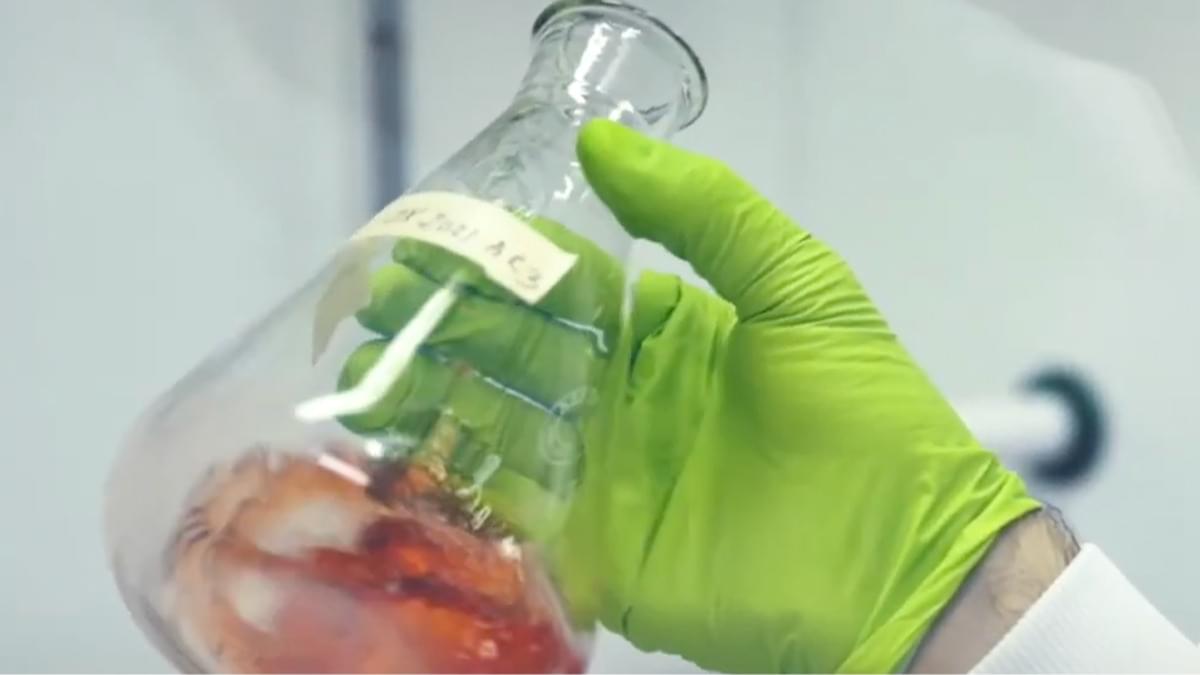
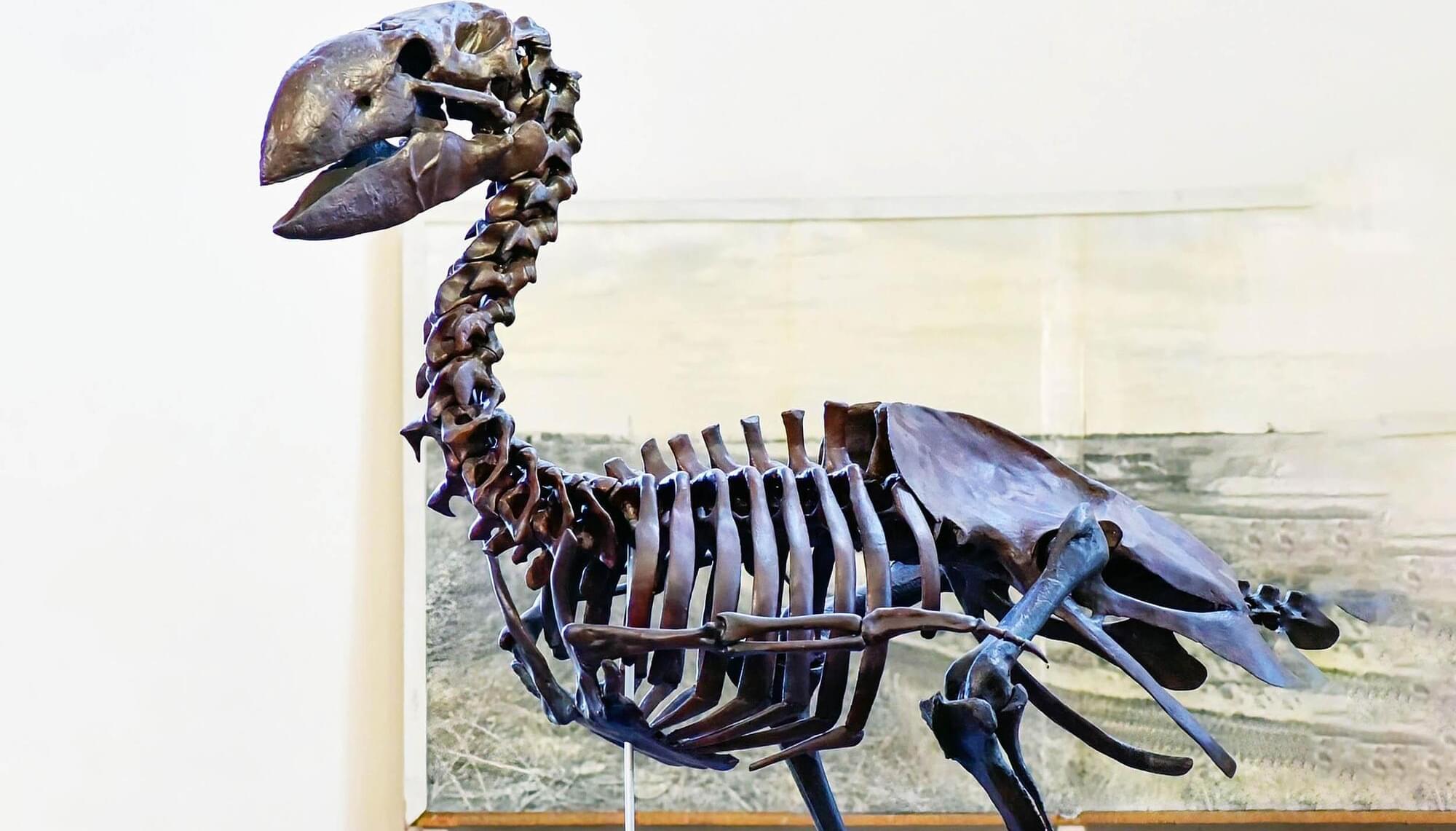
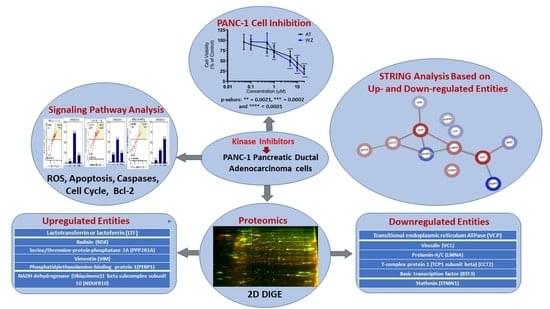
📝 — Kim, et al.
The goal of the present study was to identify potential pivotal molecules with implications for novel and efficacious treatment options for pancreatic cancer, a disease with limited treatments available and notorious for its aggressive nature.
Full text is available 👇
Pancreatic cancer is one of the most aggressive forms of cancer and is the seventh leading cause of cancer deaths worldwide. Pancreatic ductal adenocarcinoma (PDAC) accounts for over 90% of pancreatic cancers. Most pancreatic cancers are recalcitrant to radiation, chemotherapy, and immunotherapy, highlighting the urgent need for novel treatment options for this deadly disease. To this end, we screened a library of kinase inhibitors in the PDAC cell lines PANC-1 and BxPC-3 and identified two highly potent molecules: Aurora kinase inhibitor AT 9,283 (AT) and EGFR kinase inhibitor WZ 3,146 (WZ). Both AT and WZ exhibited a dose-dependent inhibition of viability in both cell lines.
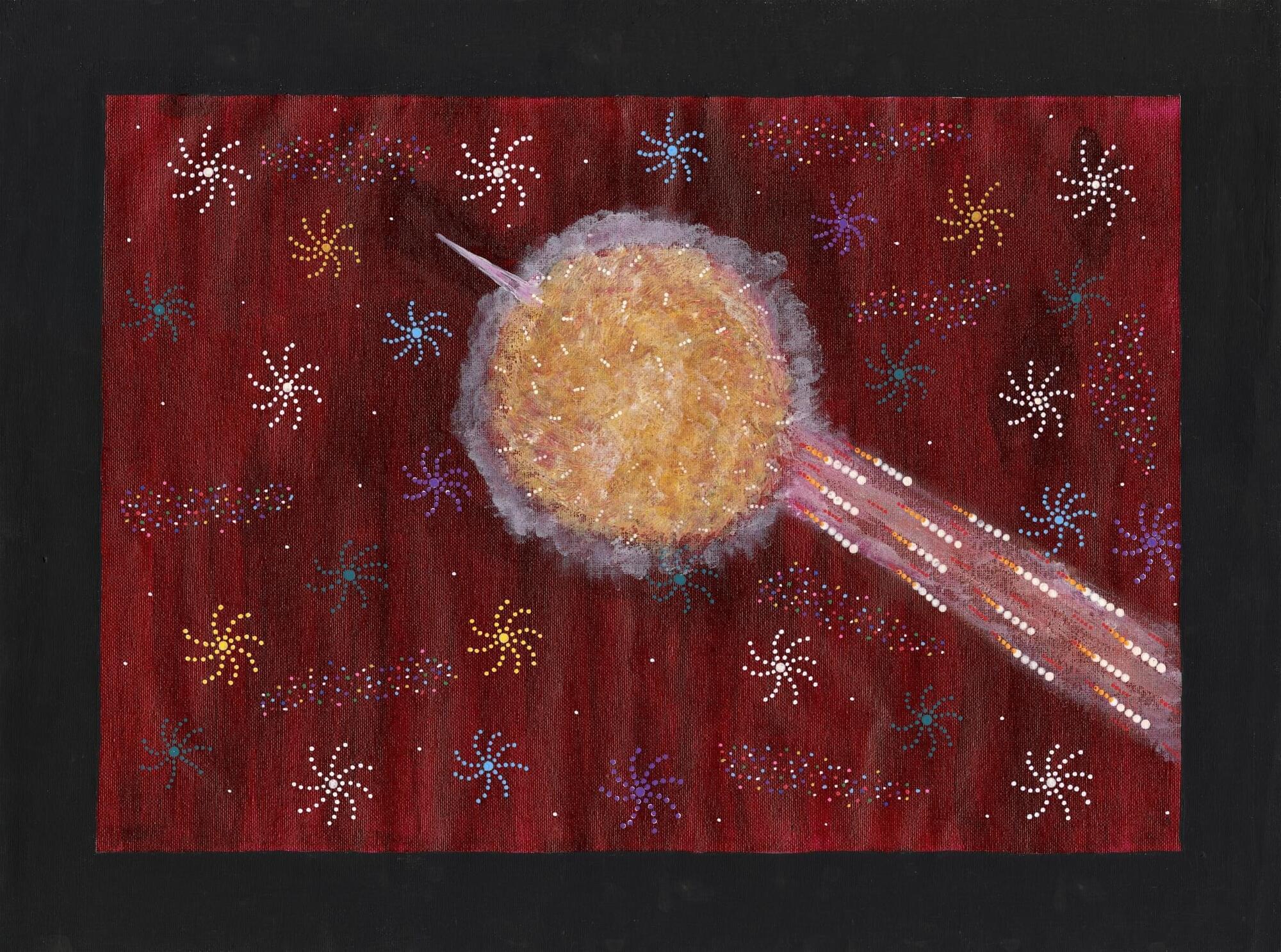
The first trial of an Australian-developed technology has detected mysterious objects by sifting through signals from space like sand on a beach.
Astronomers and engineers at CSIRO, Australia’s national science agency, developed the specialized system, CRACO, for their ASKAP radio telescope to rapidly detect mysterious fast radio bursts and other space phenomena.
The new technology has now been put to the test by researchers led by the Curtin University node of the International Center for Radio Astronomy (ICRAR) in Western Australia.
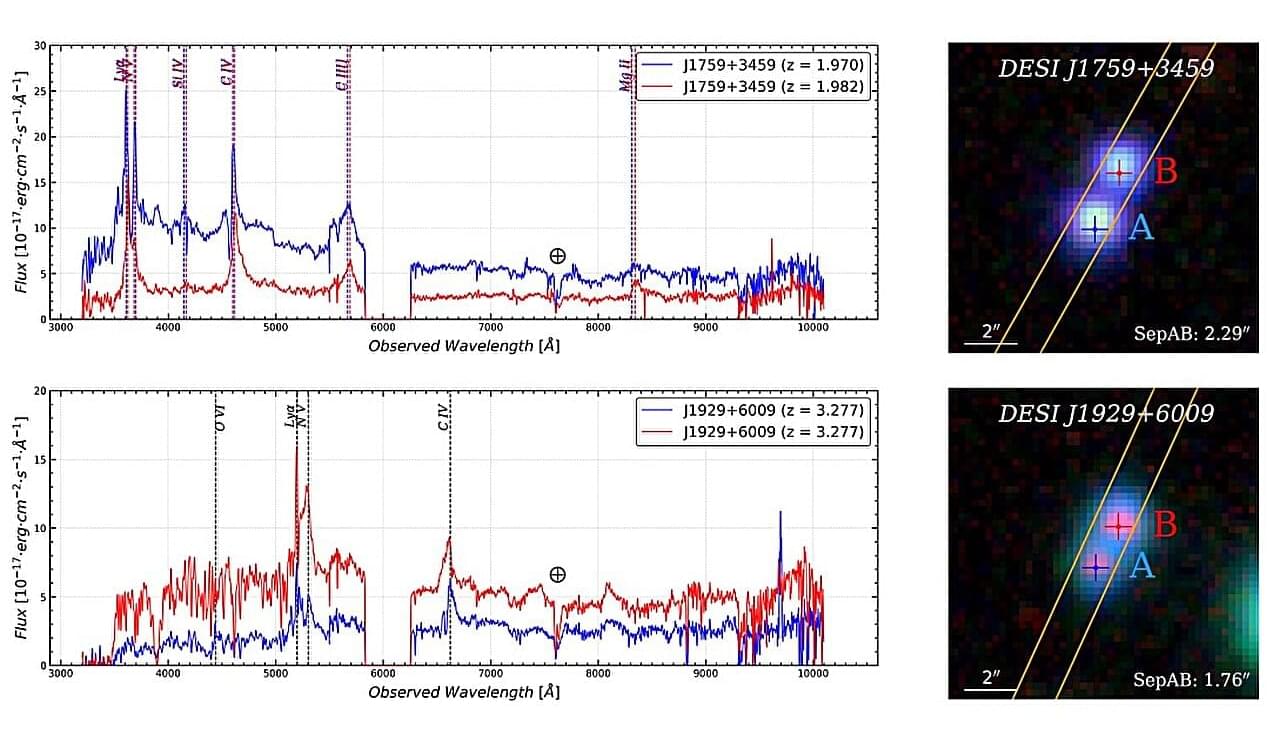
Chinese astronomers have investigated quasar candidates from the DESI Legacy Surveys (DESI-LS) photometry catalog. As a result, they detected 19 strongly-lensed, dual and projected quasars. The finding was reported in a paper published Jan. 15 on the arXiv pre-print server.
Quasars, or quasi-stellar objects (QSOs), are active galactic nuclei (AGN) of very high luminosity powered by supermassive black holes (SMBHs), emitting electromagnetic radiation observable in radio, infrared, visible, ultraviolet and X-ray wavelengths. They are among the brightest and most distant objects in the known universe, and serve as fundamental tools for numerous studies in astrophysics as well as cosmology.
Two quasars observed with a small separation can be, in some cases, lensed quasars—where the light from a single quasar is bent, resulting in two images of the same quasar. More often, such objects are dual quasars, which means that they are at similar redshift and physically interacting. However, the most common scenario is projected quasars—coincidentally appearing very close to each other along the line of sight, but actually at different redshifts.
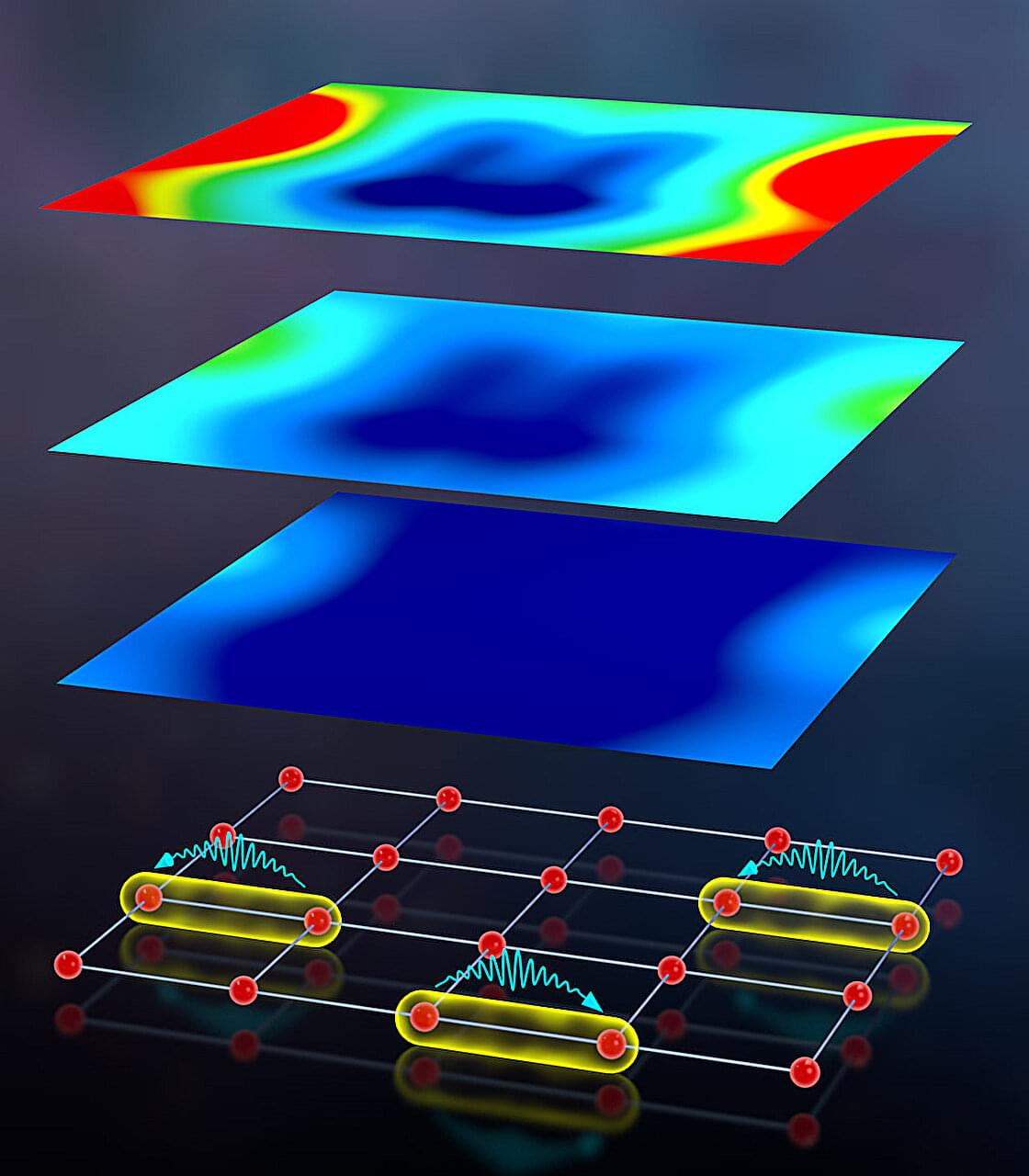
Interactions between atoms and light rule the behavior of our physical world, but at the same time, can be extremely complex. Understanding and harnessing them is one of the major challenges for the development of quantum technologies.
To understand light-mediated interactions between atoms, it is common to isolate only two atomic levels, a ground level and an excited level, and view the atoms as tiny antennas with two poles that talk to each other. So, when an atom in a crystal lattice array is prepared in the excited state, it relaxes back to the ground state after some time by emitting a photon.
The emitted photon does not necessarily escape from the array, but instead, it can become absorbed by another ground-state atom, which then gets excited. Such an exchange of excitations, also referred to as dipole-dipole interaction, is key for making atoms interact, even when they cannot bump into each other.

Yale physicists have discovered a sophisticated, previously unknown set of “modes” within the human ear that put important constraints on how the ear amplifies faint sounds, tolerates noisy blasts, and discerns a stunning range of sound frequencies in between.
By applying existing mathematical models to a generic mock-up of a cochlea—a spiral-shaped organ in the inner ear—the researchers have revealed a new layer of cochlear complexity. The findings, which appear in PRX Life, offer fresh insight into the remarkable capacity and accuracy of human hearing.
“We set out to understand how the ear can tune itself to detect faint sounds without becoming unstable and responding even in the absence of external sounds,” said Benjamin Machta, an assistant professor of physics in Yale’s Faculty of Arts and Science and co-senior author of the new study. “But in getting to the bottom of this we stumbled onto a new set of low frequency mechanical modes that the cochlea likely supports.”
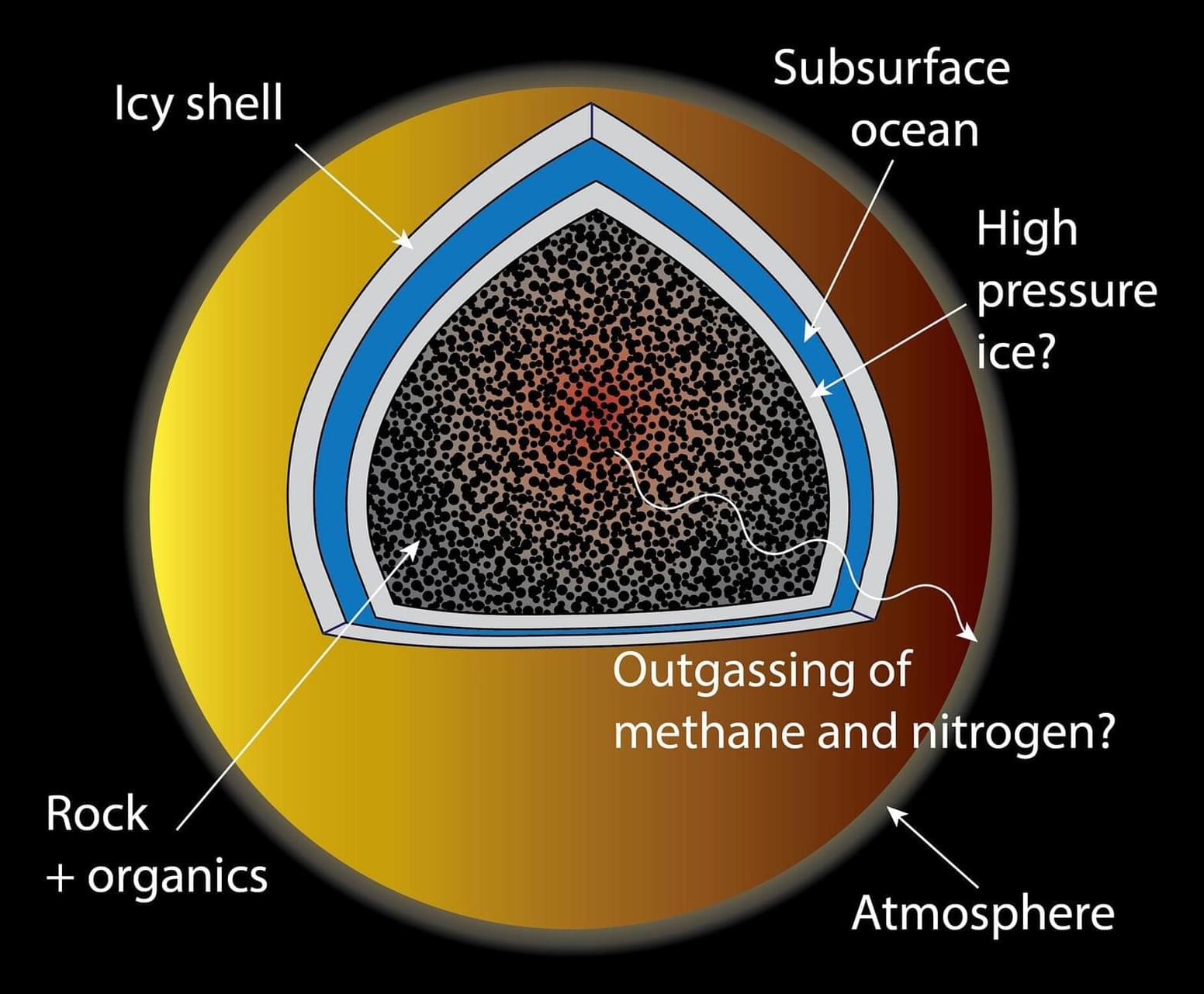
Southwest Research Institute partnered with the Carnegie Institution for Science to perform laboratory experiments to better understand how Saturn’s moon Titan can maintain its unique nitrogen-rich atmosphere. Titan is the second largest moon in our solar system and the only one that has a significant atmosphere.
“While just 40% the diameter of the Earth, Titan has an atmosphere 1.5 times as dense as the Earth’s, even with a lower gravity,” said SwRI’s Dr. Kelly Miller, lead author of a paper about these findings published in the journal Geochimica et Cosmochimica Acta. “Walking on the surface of Titan would feel a bit like scuba diving.”
The origin, age, and evolution of this atmosphere, which is roughly 95% nitrogen and 5% methane, has puzzled scientists since it was discovered in 1944.
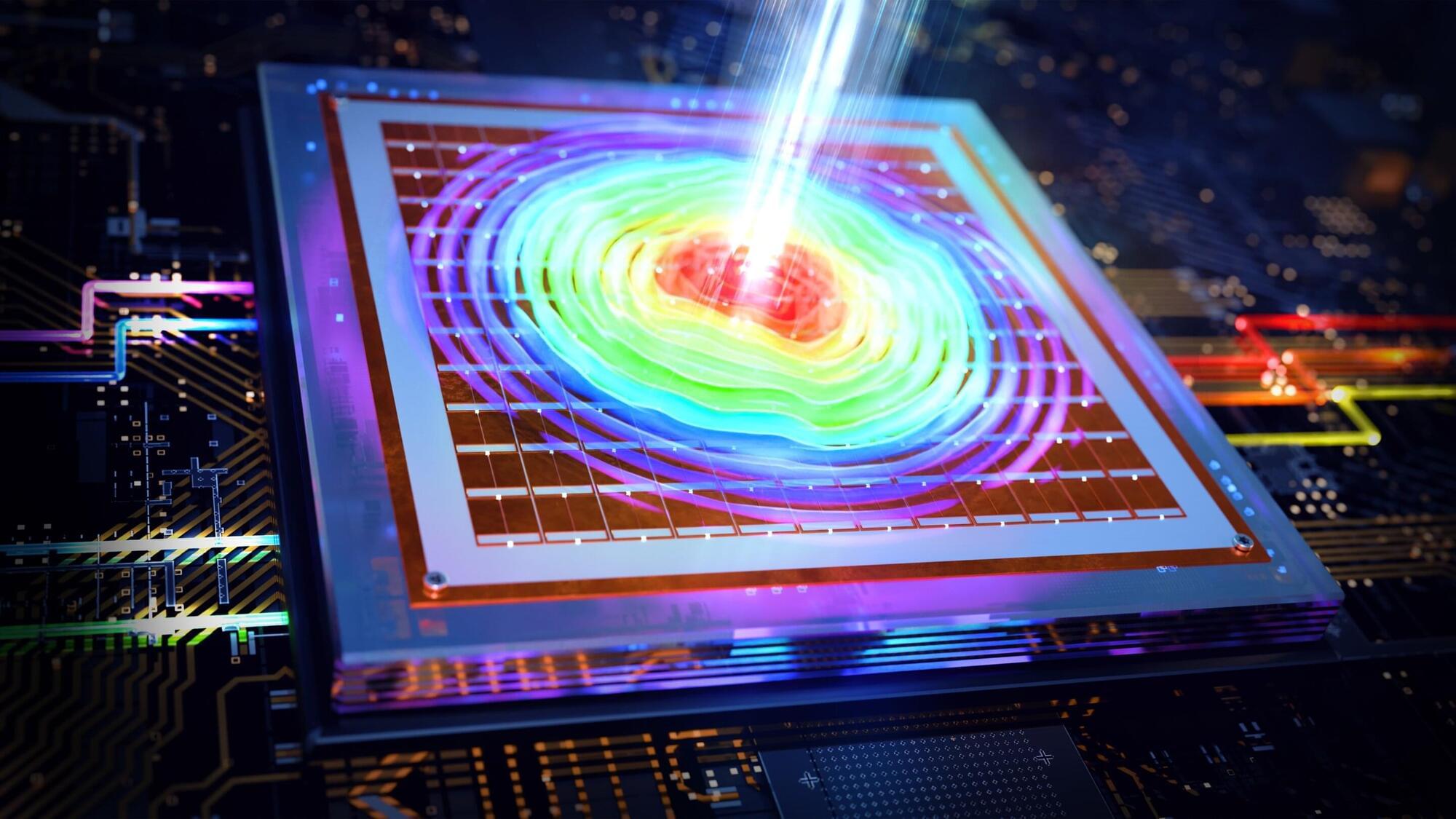
A research team has discovered that achiral hard banana-shaped particles can spontaneously form exotic structures like skyrmions and blue phase III phases. Skyrmions are tiny vortex-like structures found in various condensed-matter systems, such as helical ferromagnets and liquid crystals. Blue phase III is an amorphous phase of liquid crystals that possesses strong optical activity. Achiral particles are particles that can be superimposed on their mirror image. The team’s findings have potential applications in photonics and memory devices.
Their work was published in Nature Communications on August 8, 2024.
Skyrmions typically arise from chiral interactions, that is, a molecular interaction that occurs between molecules that both possess chirality. Molecules with chirality cannot be superimposed on their mirror images. British physicist Tony Skyrme introduced skyrmions in 1961.
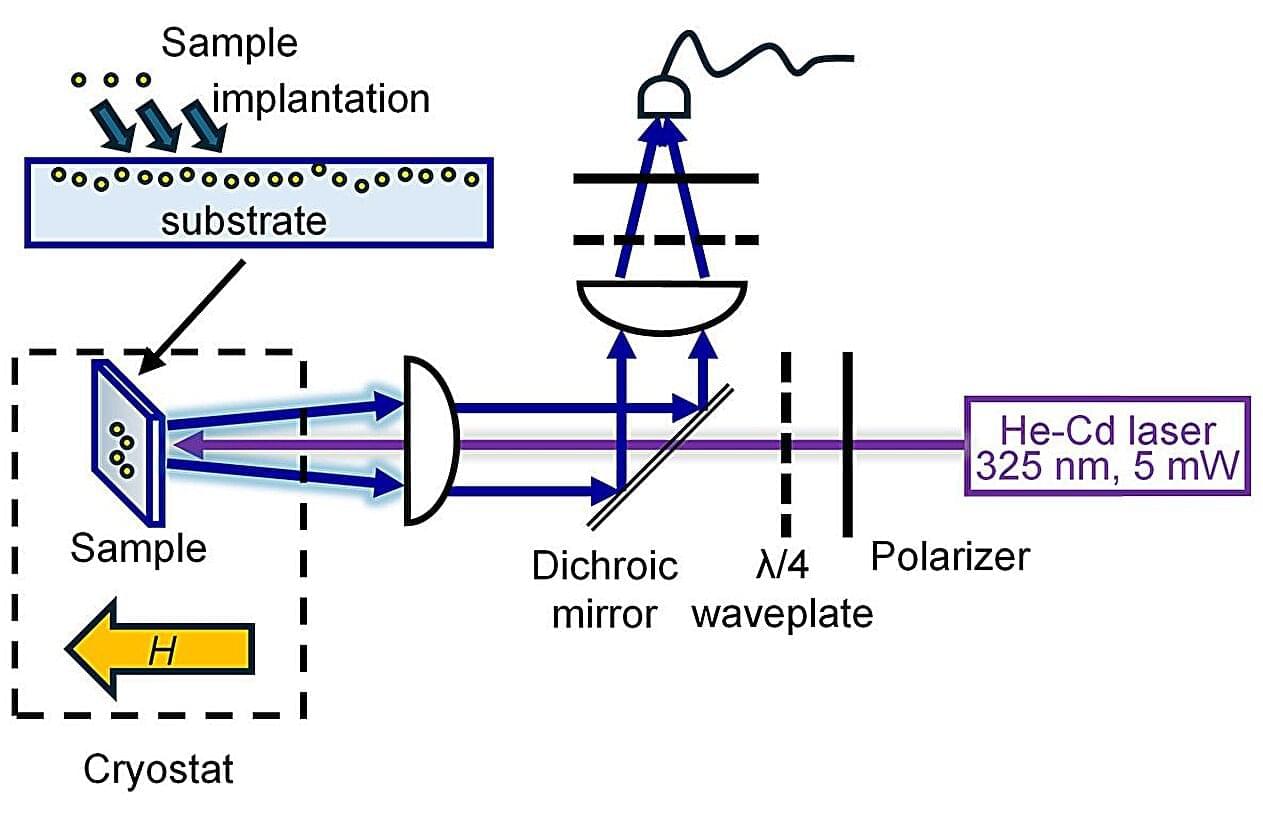
The gemstone spinel, known for its vibrant colors resembling gems such as rubies and sapphires, has now been shown to be capable of storing quantum information, making it a viable material in the field of quantum technology.
The discovery, which was made by collaborators from Tohoku University, the University of Chicago, and Argonne National Laboratory, was published in the journal Applied Physics Express.
This is the first paper resulting from the Chicago–Tohoku Quantum Alliance. The alliance between UChicago and Tohoku researchers was forged in June 2023 to help build bridges with Japanese companies and establish stronger industry ties with academia and government.